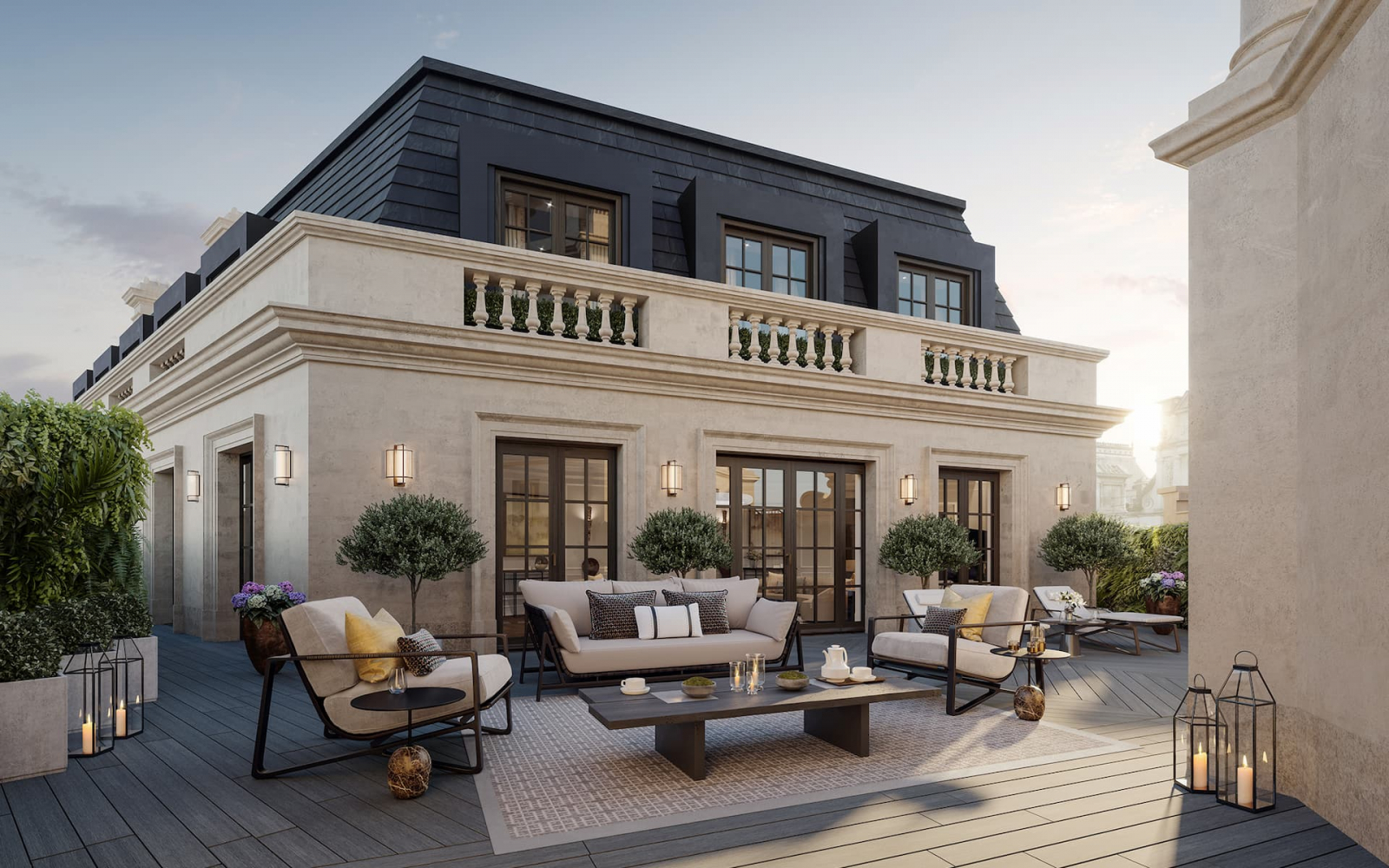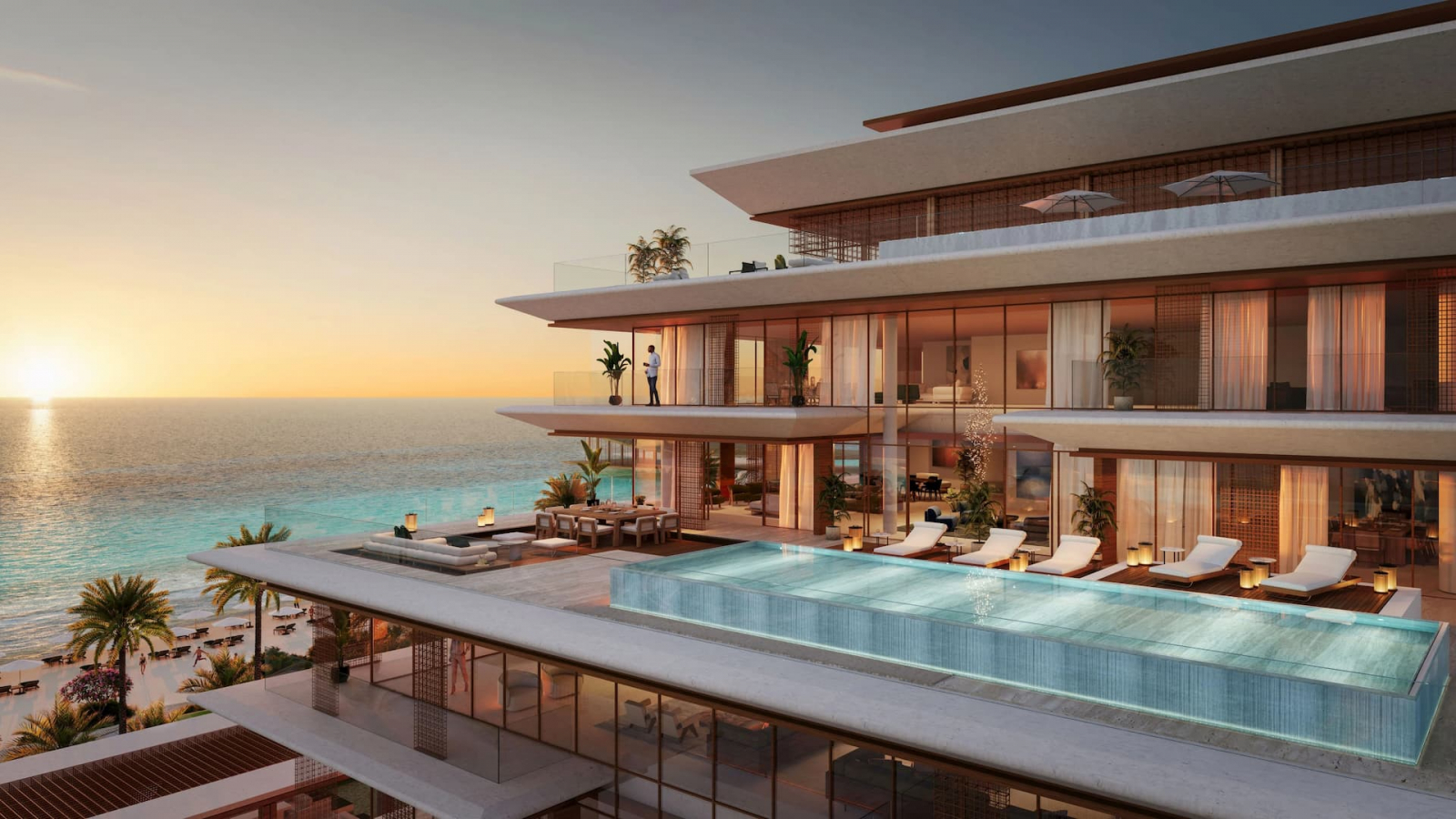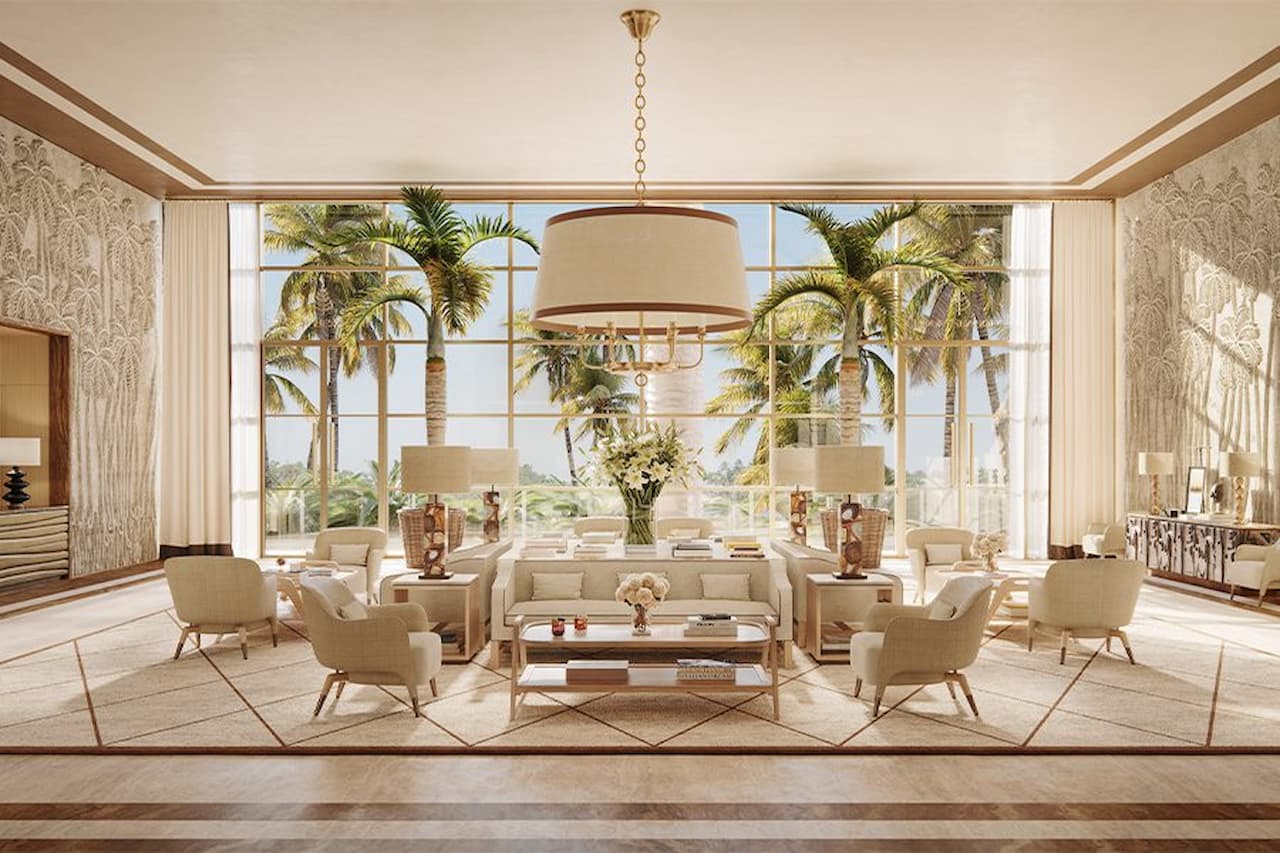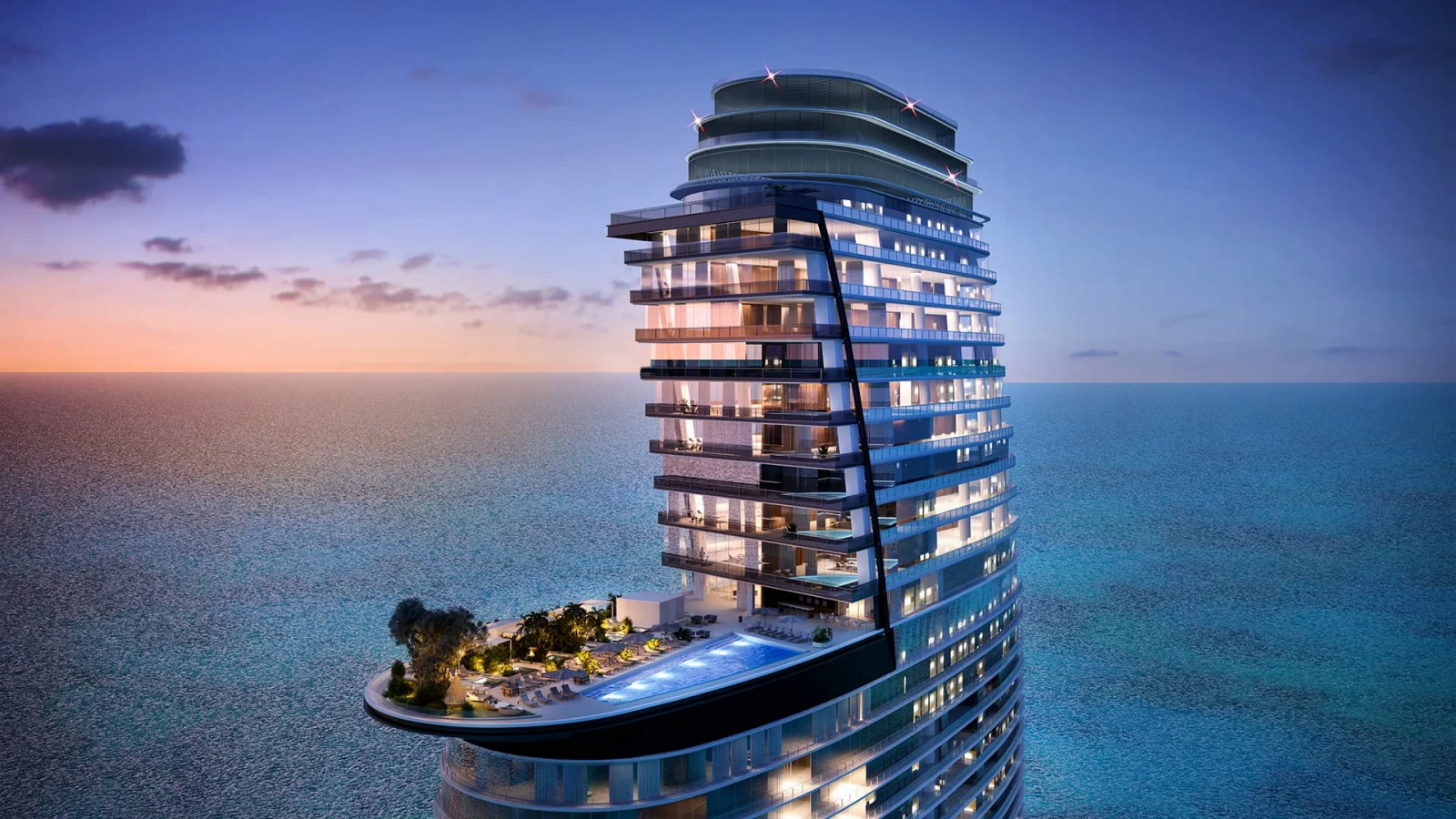The world’s most coveted hotel brands are moving decisively into private homes—pairing resort-level service with the privacy and capital appreciation of prime real estate. It’s a model that started four decades ago and is now reshaping luxury living from London to Dubai, Miami to Vienna.
What exactly are branded residences?
In short: a home that carries a brand’s name, standards, and services. Most are created by luxury hotel groups—Four Seasons, Mandarin Oriental, Park Hyatt, The Ritz-Carlton, Raffles—who extend their hospitality DNA into private ownership. Owners typically enjoy concierge, spa and wellness access, housekeeping, security, and à-la-carte services; many developments sit alongside a hotel, while a rising share are standalone residential towers managed by the brand. According to Savills’ 2024/25 report, hotel brands still account for roughly 79% of the global branded-residence universe, and the segment commands an average 33% price premium over comparable non-branded product.

Why now?
The sector has entered a powerful growth phase. Savills tracks ~740 completed schemes with ~790 more due by 2031, as activity spreads beyond North America into Asia-Pacific, the Middle East & Africa, and key European capitals. The report also notes Dubai, Miami, New York, Phuket and London among the most active markets, with resorts and cities nearly evenly split.
Two factors stand out:
- Lifestyle certainty. Lock-up-and-leave convenience, brand standards, and vetted service teams translate into low-friction ownership—especially attractive for globally mobile UHNWIs.
- Professionalisation. Operators run optional rental programmes and set furniture standards to protect quality and yield, while governance and service frameworks reduce risk and preserve long-term value.

Who’s leading?
Four Seasons pioneered branded residences in 1985 at Four Seasons Hotel Boston—widely seen as the sector’s starting gun. Today, most of its new projects include a residential component. Savills ranks Marriott International (Ritz-Carlton, St. Regis, W, etc.) the largest parent operator by total projects, with Accor (Raffles, Fairmont) close behind; among single brands, The Ritz-Carlton and Four Seasons consistently vie for the top two spots, with Mandarin Oriental and Rosewood prominent in the ultra-luxury tier.

London spotlights
The OWO Residences by Raffles, Whitehall
A once-in-a-lifetime address inside Britain’s former Old War Office, The OWO Residences by Raffles comprises 85 private homes with full Raffles services, restaurants and spa, adjoining Raffles London at The OWO. The redevelopment has restored the Edwardian Baroque landmark and positioned it among the capital’s most exclusive residences.
Park Hyatt London River Thames Residences, Nine Elms
On the south bank at One Nine Elms, the Park Hyatt London River Thames Residences bring the brand’s first UK hotel-residence combination to London: 103 branded homes paired with the Park Hyatt London River Thames hotel. Owners tap into Park Hyatt’s service culture and wellness amenities, with river-view apartments moments from the US Embassy and Battersea Power Station. The hotel opened in autumn 2024, marking Park Hyatt’s UK debut.

Beyond London: what other luxury brands are doing
- Mandarin Oriental is selectively adding residences in iconic locations. In Vienna, 25 Residences occupy the top floors of the new hotel in a heritage building steps from St. Stephen’s Cathedral—typical of the brand’s ultra-luxury, service-led positioning.
- Four Seasons continues to expand its global portfolio and remains synonymous with the category it helped invent in 1985, balancing urban flagships and resort enclaves.
- Raffles (Accor) leverages storied properties such as The OWO to deliver deeply experiential homes that are as much about narrative and place as they are about finishes.
Data shows luxury chains dominate the space, though non-hotel names (from design houses to automotive marques) are capturing a growing share—one reason we’re seeing more differentiated amenities and lifestyle programming.